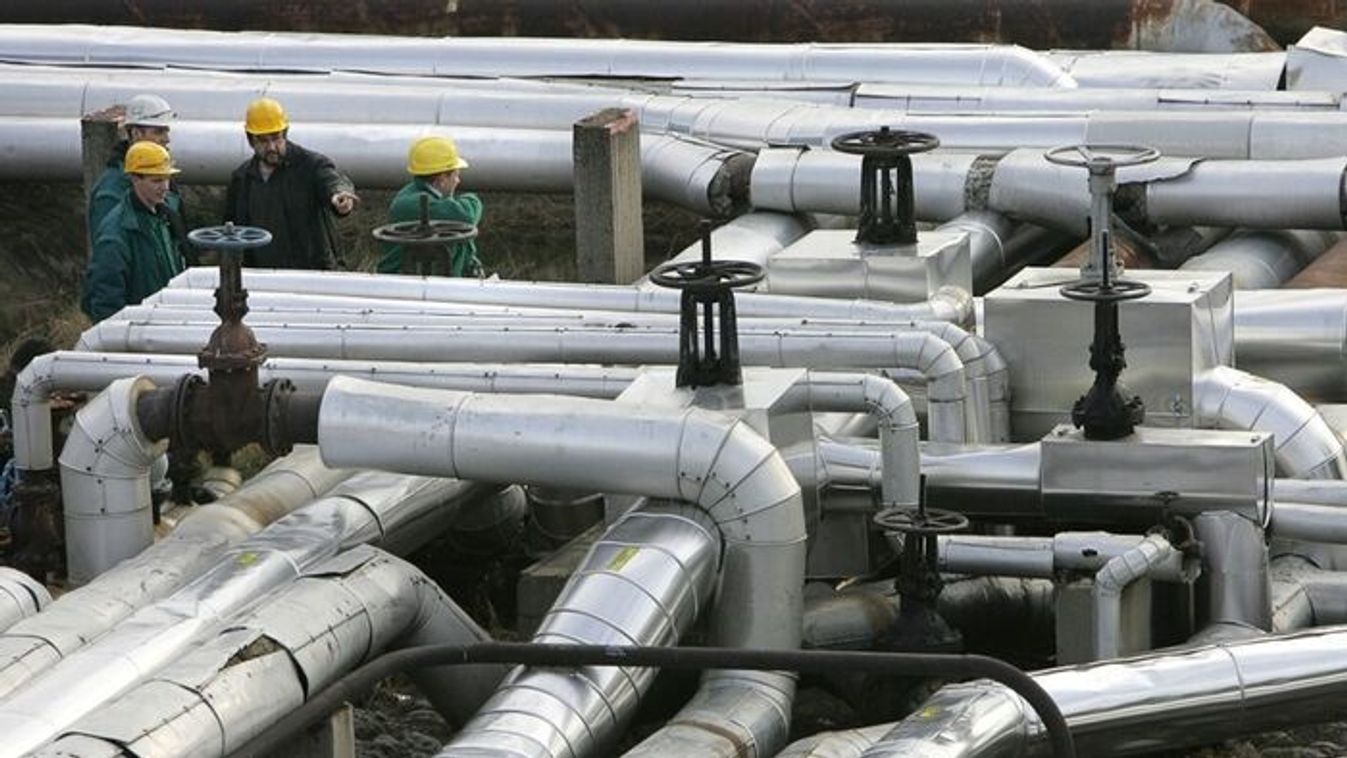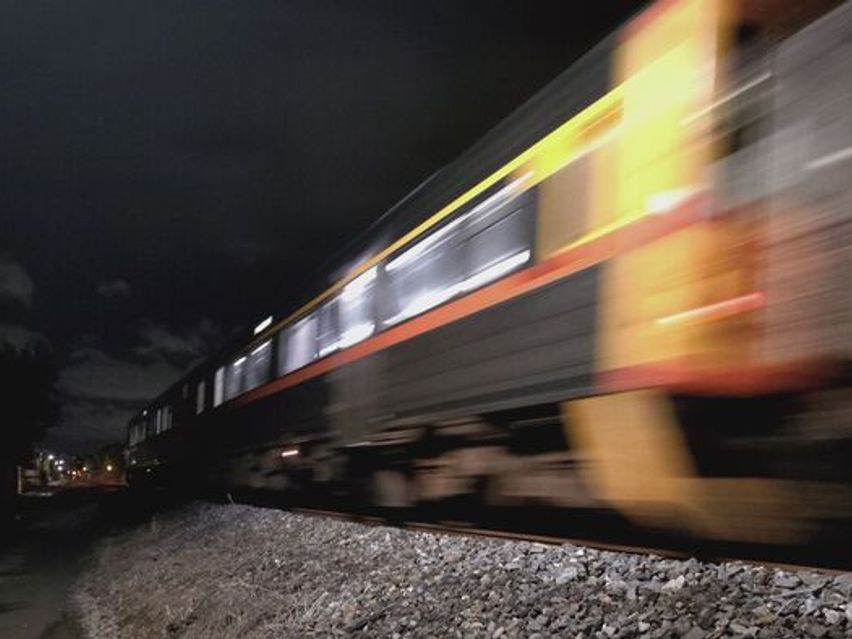On Friday, Ukraine once again struck the Druzhba (“Friendship”) crude oil pipeline — the third such attack in recent weeks. This time a drone and missile strike hit a critical pumping station in Russia, halting crude deliveries to both Hungary and Slovakia.
Foreign Minister Peter Szijjarto condemned the incident not only as an energy security threat but as an attempt to “drag Hungary into the war.”
Energy law expert Mate Toth noted in a Facebook post that the Unecha pumping station, which was targeted in the latest strike, is responsible for flows specifically toward Hungary and Slovakia, making it clear that the attack aimed to endangered the two countries supplies.
Half of Ukraine's Gas Imports Come From Hungary
This, despite Hungary becoming a major supplier for Ukraine’s energy needs since the outbreak of the war. In the last three years, natural gas and electricity flows from Hungary to Ukraine have multiplied. As Gabor Czapek, Deputy Minister for Energy pointed out at the time of the previous strike on infrastructure on August 17-18, gas exports have gone from 620 million cubic meters in 2022 to 1.7 billion cubic meters last year, and are already at 1.65 billion cubic meters by mid-August this year — equal to half of Ukraine’s entire gas imports.
Current Synchronization with Good Intentions
Electricity exports tell a similar story: Hungary’s share of Ukraine’s imports has risen to around 40 percent, with volumes more than doubling in both 2023 and 2024 to 1,09 TWh and then 2.14 TWh respectively.
This was made possible when, after the outbreak of war, the synchronization of Ukraine’s and Moldova's power grid with Europe’s was accelerated by a full year, allowing both countries to disconnect from Russian and Belarusian systems.
Ukraine Delivers Major Blow to Hungary
Despite Hungary shouldering a significant role in supplying Ukraine with energy, relations remain tense. Although it's always worth handling commerce separately from politics, this is certainly not being done in this case. Analysts note that an earlier attack on the pipeline came just days after Hungary refused to sign a declaration supporting Ukraine’s fast-track EU membership bid. While the damage had been repaired within days, that attack could easily be construed as a response to Hungary's decision and could have had dire consequences. Repairs on the aftermath of Friday's strike are also expected to take five days.
Repeated Ukrainian military strikes on infrastructure have underscored Hungary’s heavy dependence on Druzhba. Currently, 58 percent of the country’s oil — about 5.7 million tons annually — arrives via the line to the refineries in Szazhalombatta and Bratislava.
Alternative supplies are limited. The Adriatic pipeline lacks the capacity, currently delivering just 2.1 million tons, and Hungarian refineries are optimized for Russian Urals crude. Although MOL has invested $500 million in upgrades, the work is not yet complete. On top of that, Croatia recently raised transit fees sharply, meaning even if capacity were available, replacing all Russian oil through the Adriatic line would cost Hungary an extra $500–600 million annually.























Szóljon hozzá!
Jelenleg csak a hozzászólások egy kis részét látja. Hozzászóláshoz és a további kommentek megtekintéséhez lépjen be, vagy regisztráljon!